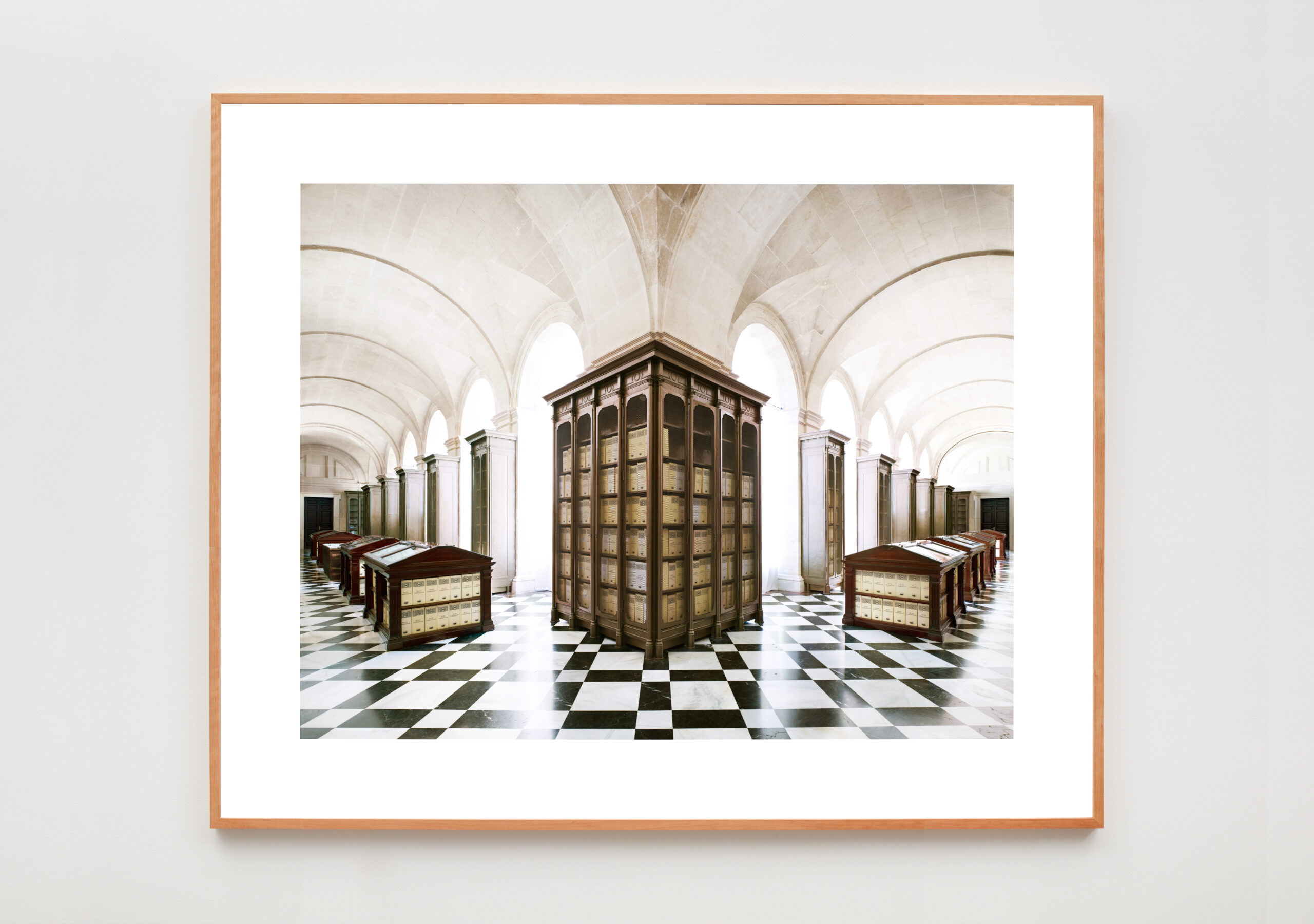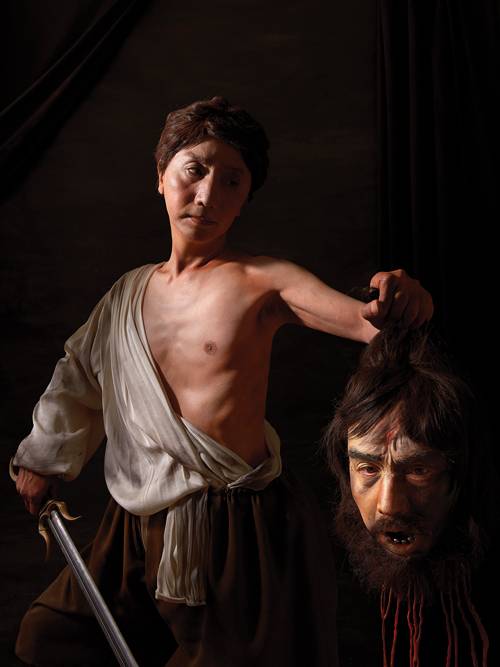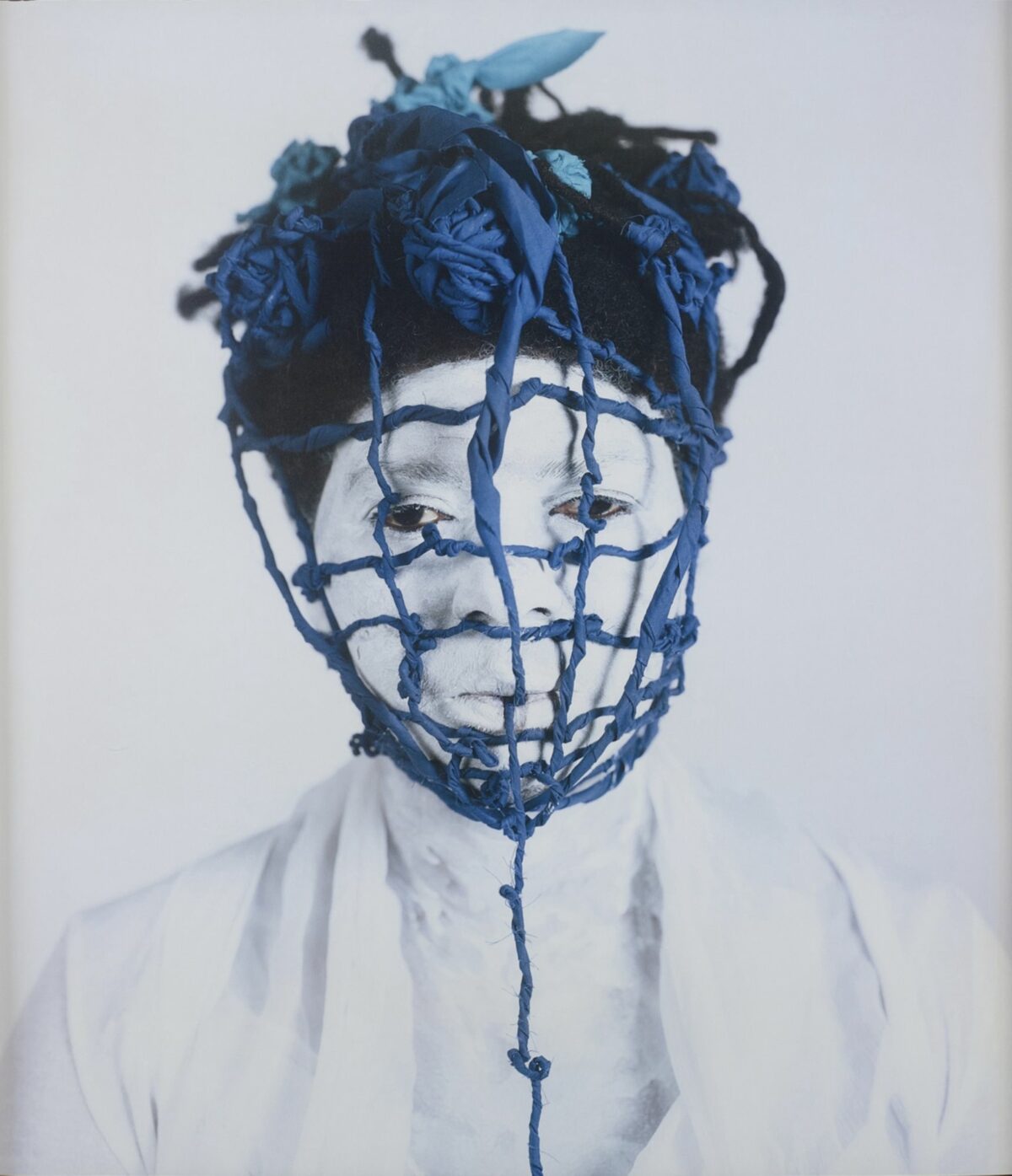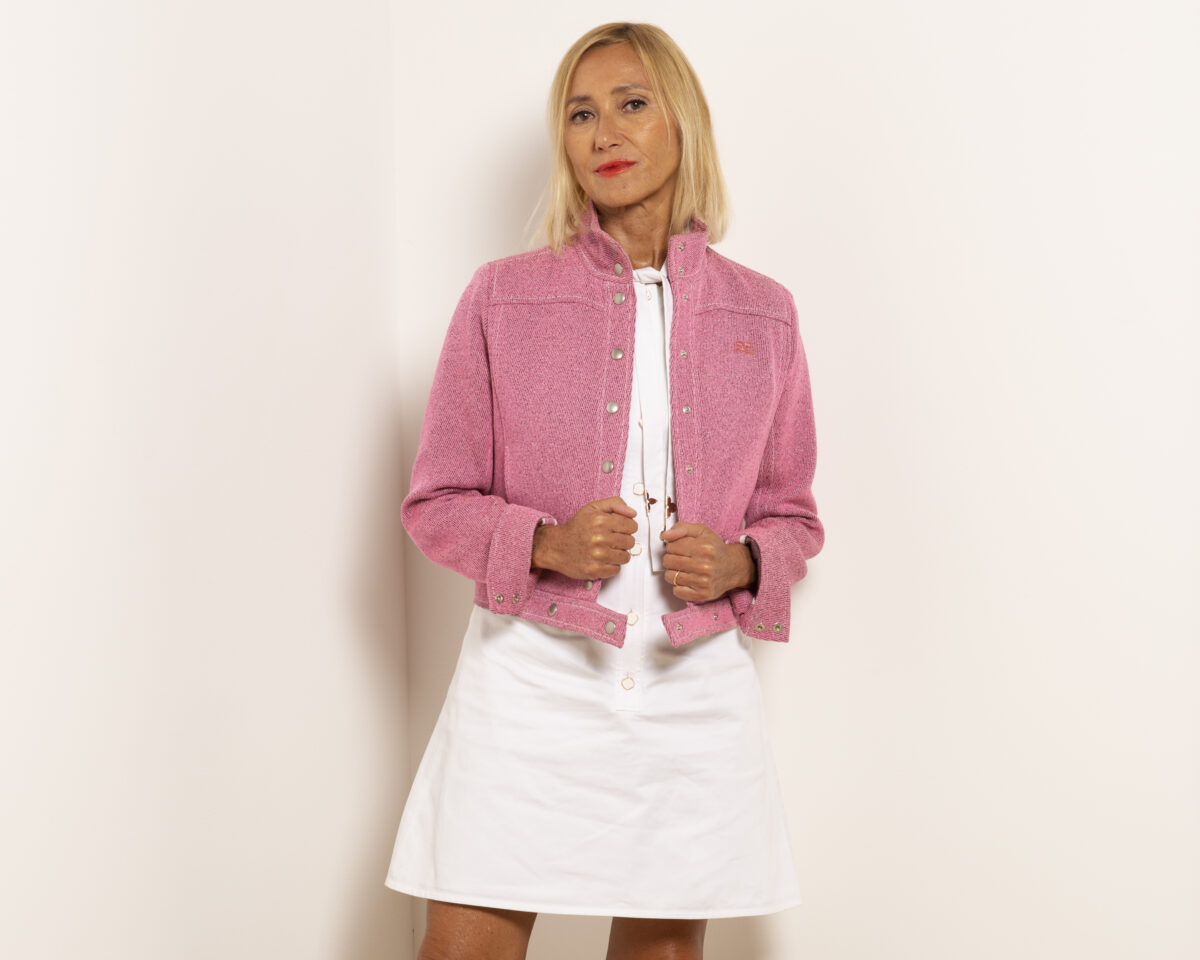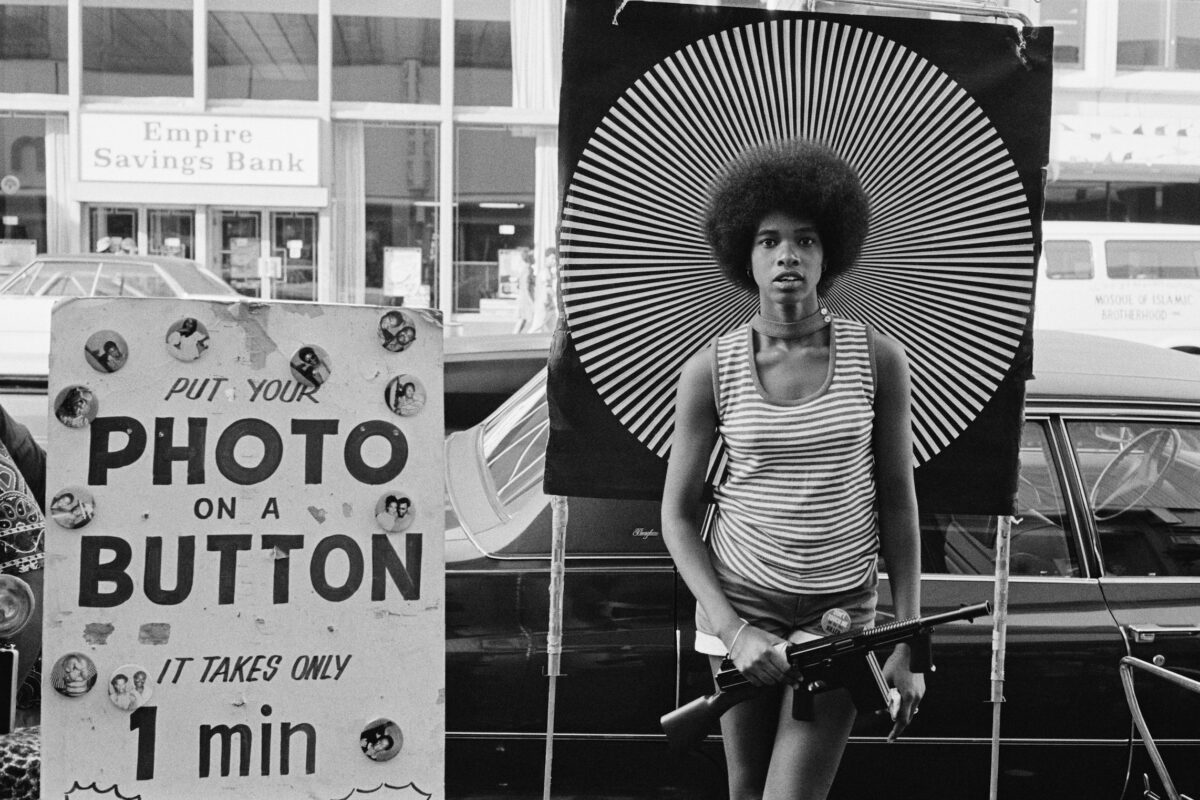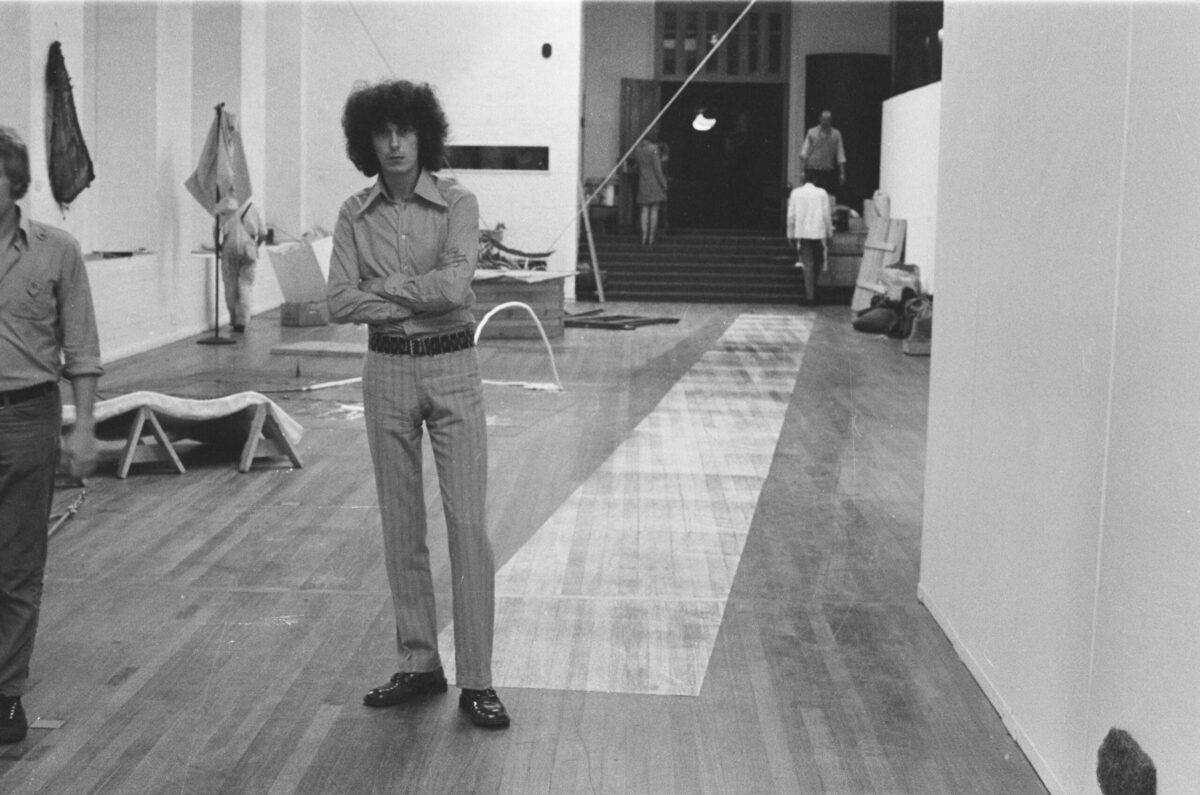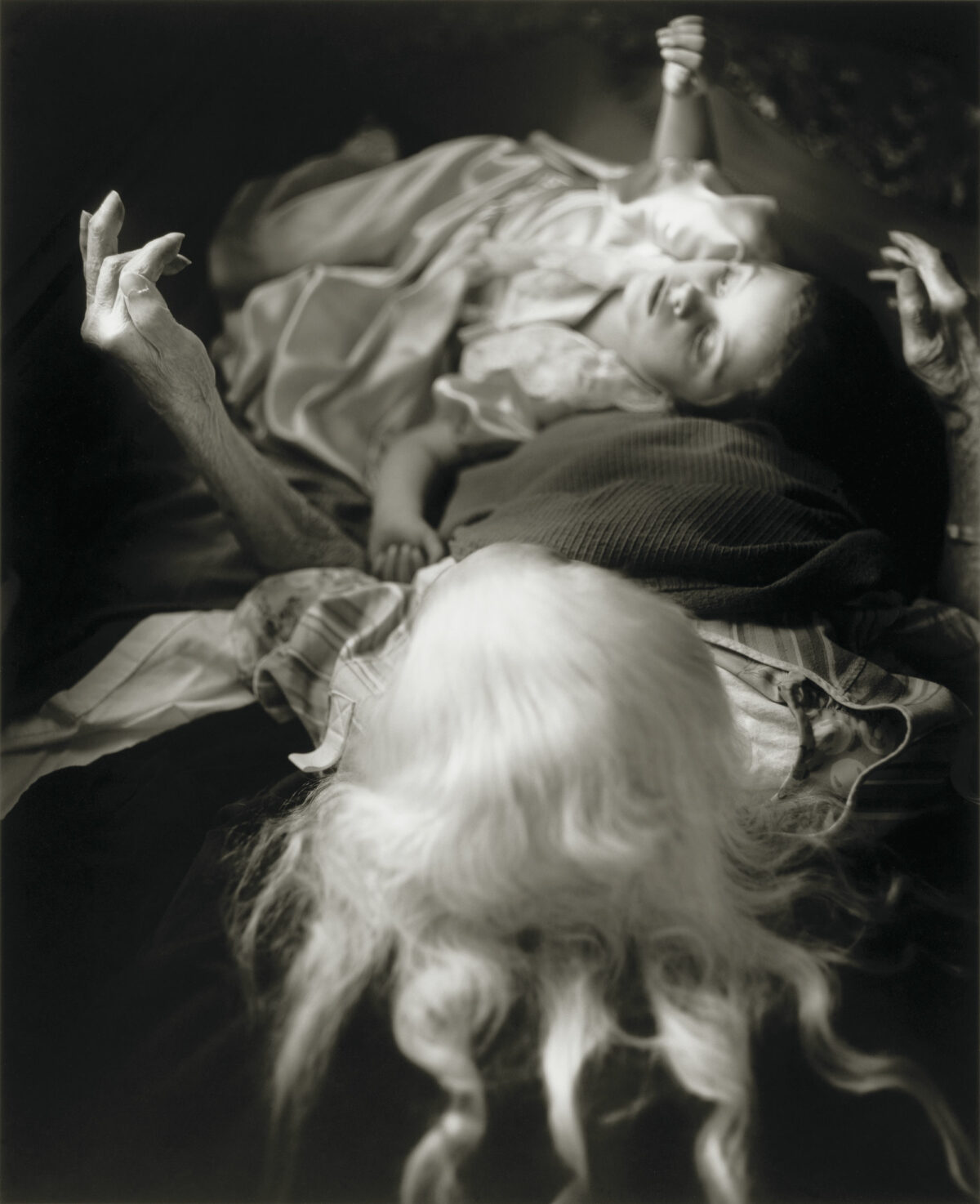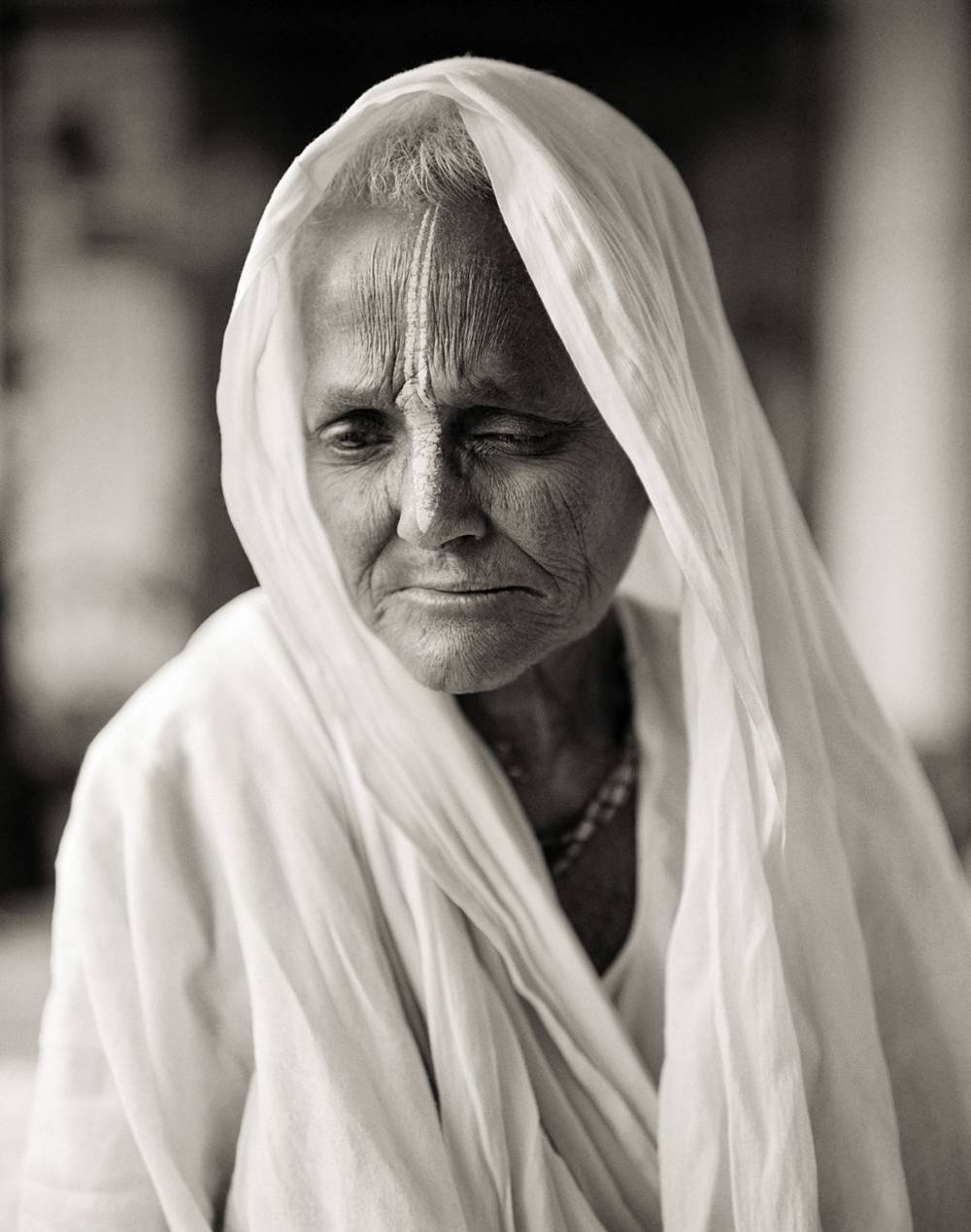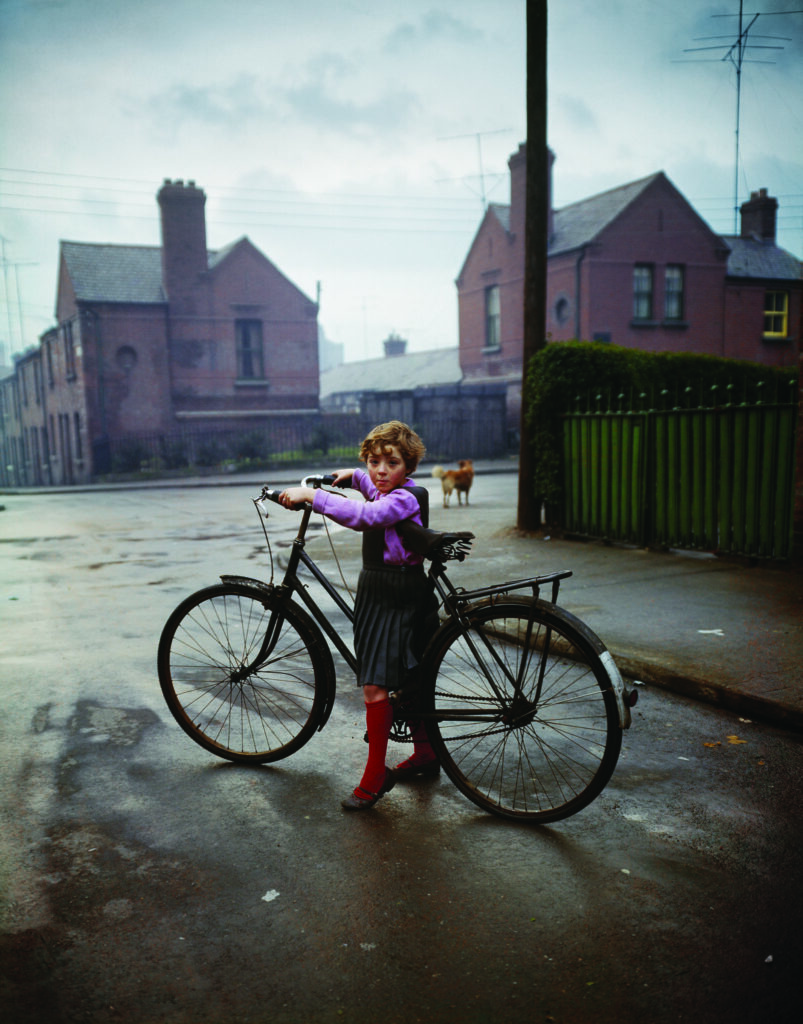A graduate of the celebrated Düsseldorf Art Academy, Candida Höfer has presented unblinking examinations of majestic interior spaces from the Villa Borghese in Rome to the Masonic Temple in Philadelphia, all devoid of human presence. Her current exhibition, Heaven on Earth, curated by the architect Toshiko Mori, is on view at Sean Kelly Gallery through April 15.
Lyle Rexer: Although your photographs deal explicitly with architecture, I can’t think of you as an architectural photographer, and yet the show at Sean Kelly has been selected by an architect. Her statement and its title, Heaven on Earth, reinforces the idea that you are somehow an advocate for or celebrator of the spaces you represent. Do you see your work that way, or is it made with a different attitude? For that matter, is her title ironic?
Candida Höfer: Architectural photographers, for me, seem to focus on how spaces are made. I am more interested in their effects on perception and feeling and – if I may say so – in their personalities. And spaces can evoke strong feelings. So, for me the title is not ironic.


LR: As I look at the curatorial selection, I see a seductive minimalism that does two paradoxical things: immerses me in architectural precision and makes me aware of the photographs’ precision. What do you feel when you are photographing? A kind of perfection? Heaven on earth?
CH: You seem to be a little obsessed with the title of the show! I just concentrate on what I do. The feeling of the space comes before or may be there afterwards.
LR: On what do you base your selection of site? How do you conduct research for each site?
CH: There are spaces where I ask if I could photograph there, or where I ask through my local gallery. Then often there are opportunities when I am asked if I would be interested. I read about the space; I ask friends who happen to live in the area if they could do snapshots for me. Or I do some scouting myself.
LR: Do you – or how do you – imagine the lives of the people implied but absent from your spaces? Or does the formality of most of the spaces you render imply a canceling of human diversity and individuality by the architects in favor of a dominant ideology?
CH: I have no time to theorize, I have to photograph. Mostly, my time in a space is limited by the threatening opening hours. But I do hear friends who say at some places they would feel timid to enter rather than imagining themselves being in them.


LR: The choice of one image in particular struck me, the Kunstmuseum in Liechtenstein. Here we are deliberately excluded from the space by a vast grey wall, with only the doorway at the right corner to invite us in. We can see the gift shop bookstore through the small rectangle of the front door. Can you tell me a bit about your intentions here since this photograph is so different?
CH: It is an image of the outside, which, indeed, I rarely do. What attracted me was the materiality of the wall. But also, as you noted, the door. For me, “my usual” seemed to have been turned around: In interiors you have doors that indicate an outside; here you have an outside that seems to want to disappear into an inside and through a very small door, like a genie returning into the bottle.
LR: I would be very interested to hear about the exact placement of the camera as you set up – to what degree that is intuitive and to what degree more conceptual and predetermined?
CH: It is now almost automatic. I come, I see, I decide. Not much thinking.
LR: I can’t seem to get away from this theme of feeling, but is the goal to evoke or to examine; to make us present to the space (as much as possible) or to elucidate its visual structure, cultural implications and effects?
CH: I do not see myself as a conscious creator of feelings. I try to capture honestly what I call the personality of a space, and I try to do it as well as I can. Anything else is outside my control: It is in the eye (and the imagination) of the beholder.
LR: Can we return to this problem of the human? In some of your earliest work, you photographed Turkish workers gathering together in particular spaces. I find these early photos very poignant, especially in relation to the trajectory of your career. No more workers, but are you implicitly asking us to populate these spaces?
CH: When I did these photographs, I realized two things: I feel uneasy photographing people entering into their private sphere. I also realized how important the lived-in environment is for people, how important it was for those Turkish people to put some familiar form into the foreign environment that recalled where they have been coming from.
LR: There is a heavy emphasis in this selection on archives, libraries, and other repositories of knowledge – or I should say information. What is their attraction for you? Is it the grand Western illusion of total comprehension?
CH: For me, it is just visual, the rhythm of variety and similarity in form, size, and colors.


LR: Can we talk about aesthetics and the beauty of the spaces you detail? Is that something the photographs celebrate in spite of the possible political implications?
CH: Beauty and politics are different systems, following different rules. While one is always present in the other, our judgments should not confuse them.
LR: Finally, can I ask you if there were locations that for you were either especially challenging or inspiring as you photographed them?
CH: Now you are asking me to say which of my children I love the best.

